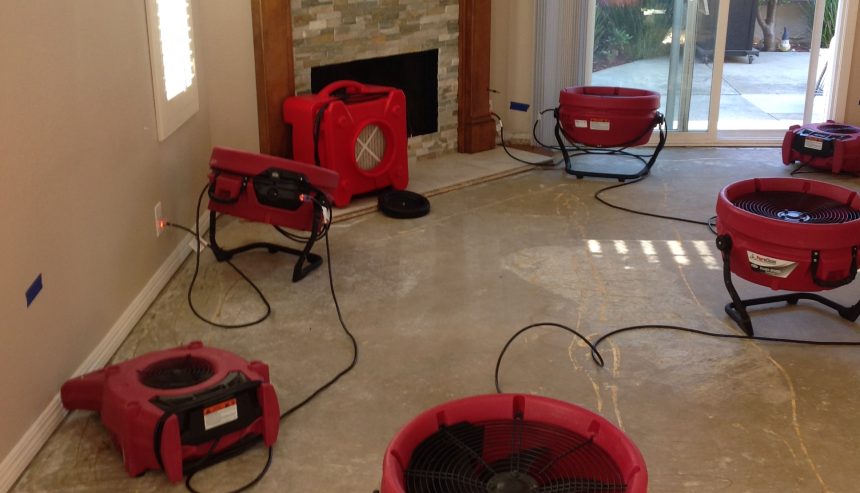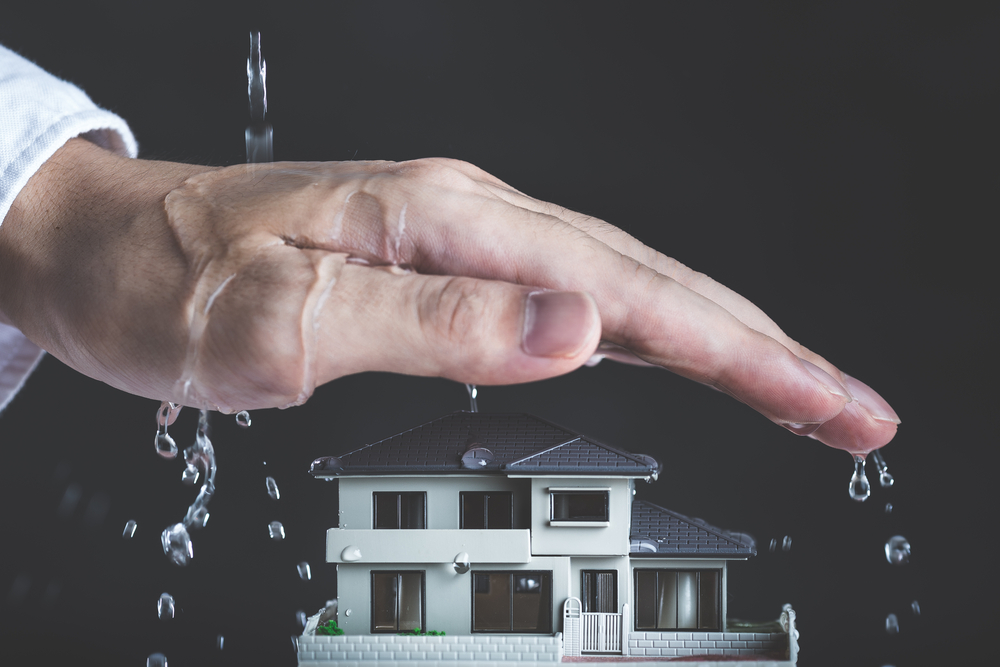
Water damage can wreak havoc on homes and businesses, causing structural issues, mold growth, and health hazards. When faced with water damage, it’s crucial to act swiftly and efficiently to minimize the long-term consequences. In this guide, we will walk you through the complete water damage restoration process, outlining the key steps to ensure a thorough and successful recovery.
Step-by-Step Guide to Water Damage Restoration Process
1. Inspection and Assessment
The first and most crucial step in water damage restoration is the inspection and assessment of the affected area. Professional restoration experts will conduct a thorough evaluation to determine the extent of the damage, identifying the source of the water, and categorizing the water damage based on its level of contamination. This step is vital in developing an effective restoration plan tailored to the specific needs of the situation.
During the inspection, the restoration team will assess the affected materials, such as walls, flooring, and personal belongings. This information will guide the subsequent steps in the restoration process.
2. Emergency Water Extraction
Once the assessment is complete, the next step of the water damage restoration process is emergency water extraction. The swift removal of standing water is crucial to prevent further damage and mold growth. Industrial-grade pumps and vacuums are used to extract water from the affected areas, including carpets, upholstery, and flooring.
Emergency water extraction not only aids in damage mitigation but also sets the stage for the subsequent steps in the restoration process. Timely water removal helps prevent structural issues and reduces the risk of secondary damage.
3. Removal of Unsalvageable Materials
After water extraction, the restoration team identifies and removes unsalvageable materials. This may include damaged drywall, insulation, carpeting, and other materials that are beyond repair. The removal of these materials is essential to prevent the spread of mold and contaminants and to prepare the space for drying and restoration.
4. Drying and Dehumidifying
Once the unsalvageable materials are removed, the focus shifts to drying and dehumidifying the affected area. Industrial-grade air movers and dehumidifiers are strategically placed to accelerate the drying process. This step is crucial in preventing mold growth, which can occur within 24 to 48 hours of water damage.
Special attention is given to hidden or hard-to-reach areas where moisture can linger. Moisture meters are used to monitor the drying progress, ensuring that the affected space returns to its pre-damage condition.
5. Cleaning, Sanitizing, and Deodorizing
Cleaning, sanitizing, and deodorizing are essential steps in the water damage restoration process. The restoration team uses specialized cleaning agents to disinfect surfaces and eliminate any lingering contaminants. This helps prevent the growth of bacteria and mold, ensuring a safe and healthy environment.
Additionally, deodorizing techniques are employed to remove any unpleasant odors associated with water damage. This step is vital for restoring the comfort and livability of the space.
6. Restoration/Reconstruction
With the drying and cleaning processes complete, the restoration or reconstruction phase begins. This step involves repairing and replacing damaged structures, such as drywall, flooring, and other building materials. The goal is to restore the affected area to its pre-damage condition, both functionally and aesthetically.
Restoration may include painting, reinstalling flooring, and addressing any structural issues that arose during the water damage incident. The level of restoration required depends on the severity of the damage and the specific needs of the property owner.
7. Communication with Your Insurance Company
Throughout the water damage restoration process, open and transparent communication with your insurance company is crucial. Notify your insurer as soon as water damage occurs and provide them with detailed documentation, including photographs and a written description of the damage. Keep a record of all communication and documentation related to the restoration process, as this will facilitate the insurance claim process.
Work closely with your insurance adjuster to ensure that all necessary information is provided for a smooth and timely claims resolution. Keep in mind that prompt and thorough communication with your insurance company can expedite the reimbursement process and help you recover your losses.
Conclusion
Experiencing water damage can be a stressful and challenging situation, but a well-executed water damage restoration process can mitigate the damage and restore your property to its former state. By following the outlined steps – inspection and assessment, emergency water extraction, removal of unsalvageable materials, drying and dehumidifying, cleaning, sanitizing, and deodorizing, restoration/reconstruction, and effective communication with your insurance company – you can navigate the water damage restoration process with confidence and ensure a successful recovery. Remember, swift action and professional assistance are key to minimizing the long-term impact of water damage on your home or business.
For professional water damage restoration in Coral Gables, Pinecrest, Miami, and some other parts of Florida, call us on +1 305 894-4343.



 PuroClean of Coral Gables
PuroClean of Coral Gables